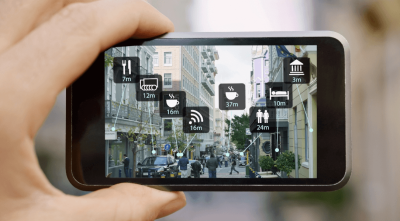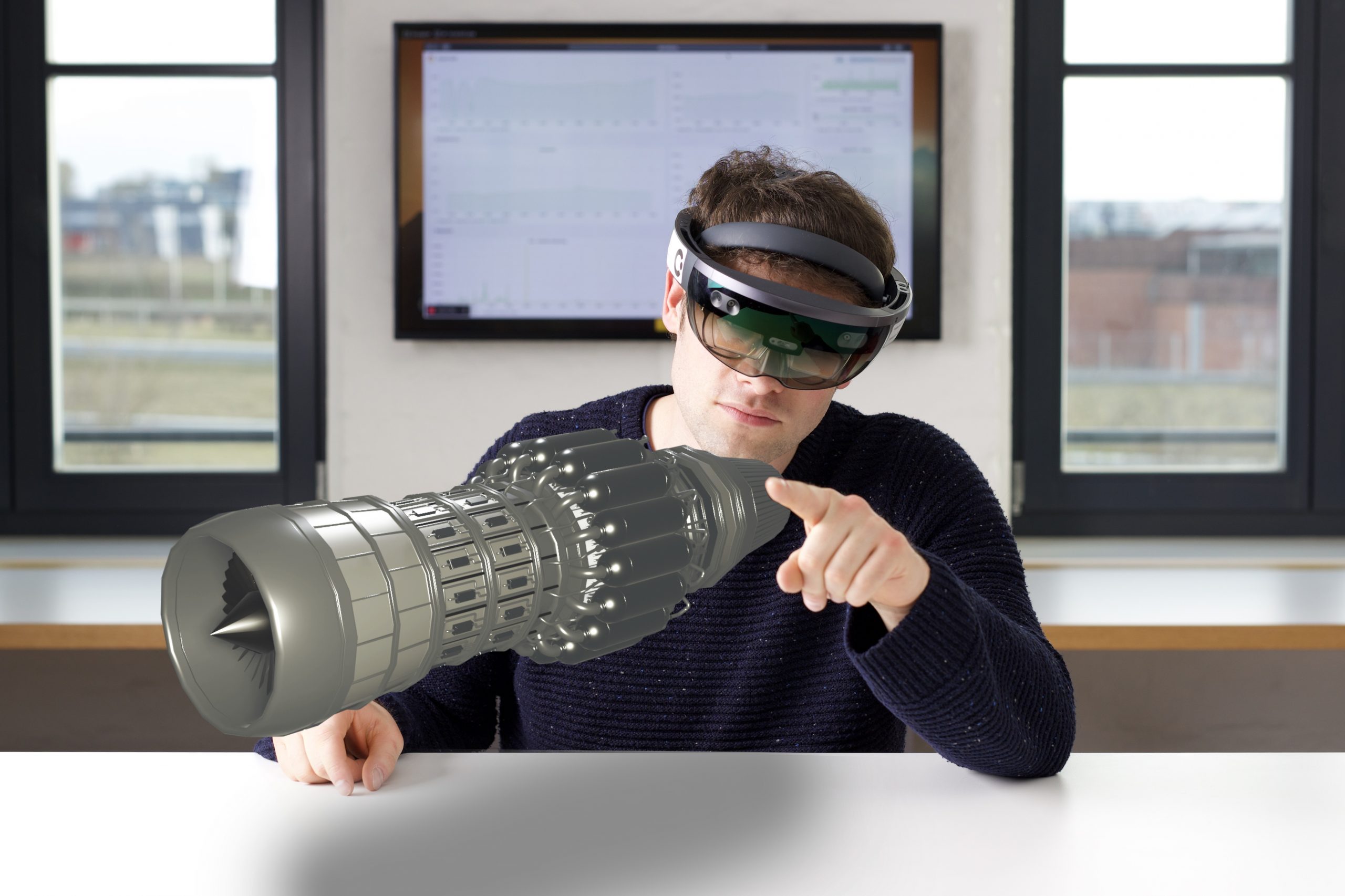Types of Augmented Reality (AR)
There are two types of Augmented Reality (AR)
Marker-based AR
This kind of AR is also called image recognition or recognition-based AR. It needs to be able to find markers or user-defined images in order to work. Marker-based AR is needed to turn on an enhancement. Marker-based AR image recognition system includes a camera, image capture, image processing, rendering, and tracking of markers. They are basically different patterns that cameras can easily recognize and process. They look the same no matter where they are, so they can be printed on paper or real-world objects.

In AR with markers, The cameras scan the input continuously and put a mark on it so that image pattern recognition can figure out its shape. When the camera isn't focused on one spot, the virtual 3D object doesn't look right. It usually needs software in the form of an app that lets users scan markers from their devices using the camera feed. Instagram, Facebook, Snapchat filters and Pokémon go are some examples of marker-based AR.
Markerless AR
In this kind of augmented reality, you don't need a camera to mark something for image recognition. AR without markers gives the user the most freedom because they can decide where they want the content to go. AR without markers uses the features of real-time data to place virtual 3D objects in the real world. It depends on the phone's sensors, camera, and processors, among other things. Markerless AR image analysis uses a technology called Simultaneous Localization and Mapping (SLAM), which scans the environment and makes maps to place virtual 3D objects in the right places. When using Augmented Reality, the user can make their average range of motion bigger.
